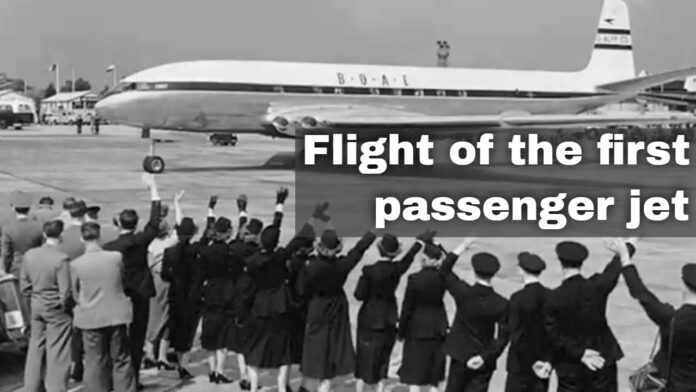The Rise of Commercial Air Travel in the Early 20th Century
The pioneering decades after the Wright Brothers’ first flights saw aviation quickly progress from daring experiment to fledgling industry. As aircraft became more reliable and practical, commercial passenger air services took wing and helped usher in a new era of rapid global transportation.
The first commercial passenger flight was made in 1914 when the St. Petersburg-Tampa Airboat Line began operating between two Florida cities across Tampa Bay.
European airlines like Deutsche Luftschiffahrts-Aktiengesellschaft in Germany and Dutch KLM launched scheduled passenger service in 1919.
In the United States, the Airmail Act of 1925 spurred the airline industry’s growth by contracting private companies to deliver mail by air. Companies like Boeing and United Airlines started carrying airmail before launching passenger services.
Design improvements produced all-metal aircraft that was faster, could fly farther, and carry more passengers than earlier wood and fabric models. By the early 1930s, streamlined airliners like the Douglas DC-3 could fly coast-to-coast across the U.S., ushering in a new era of safe, comfortable air travel.
Over just a few decades, aviation progressed rapidly from risky barnstorming exploits to scheduled airline services. The pioneering early years established an industry that would continue growing exponentially to make aviation a pillar of our modern world.

